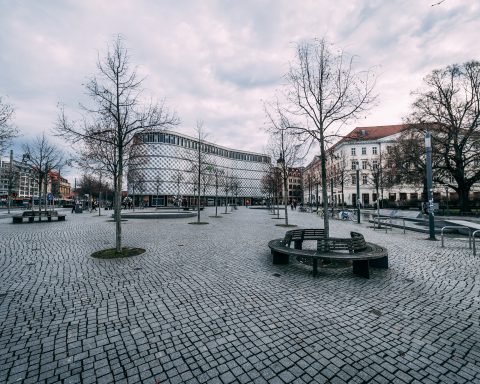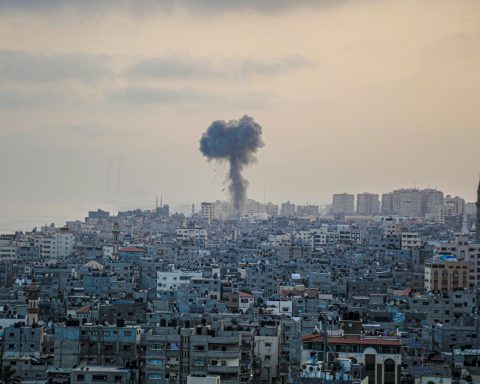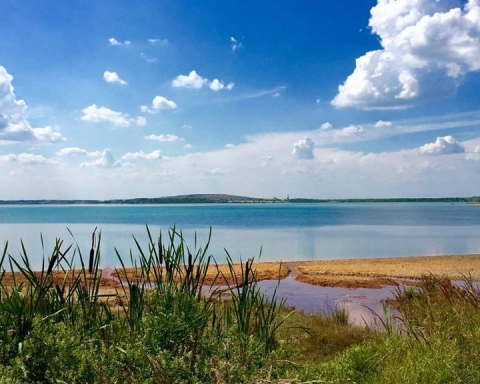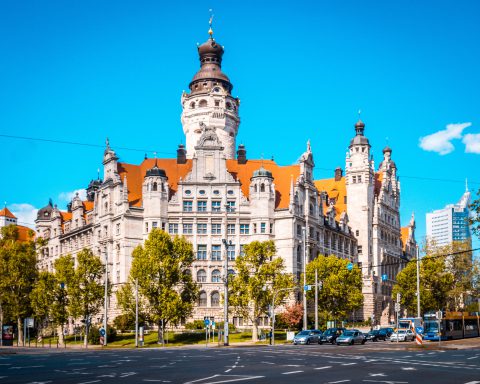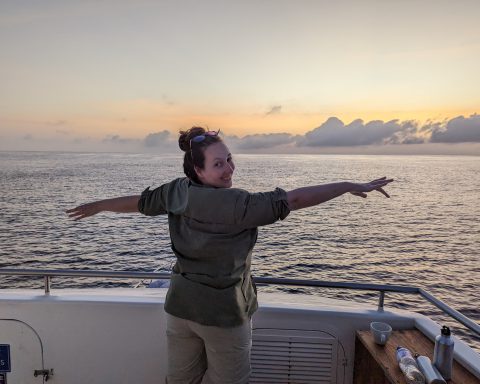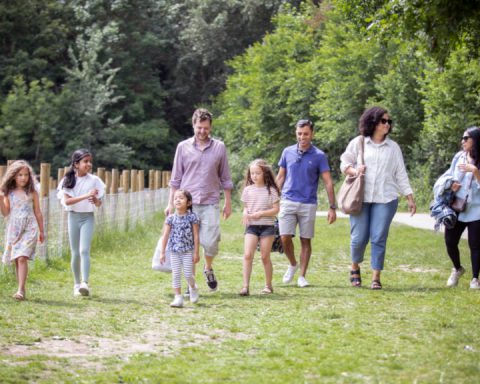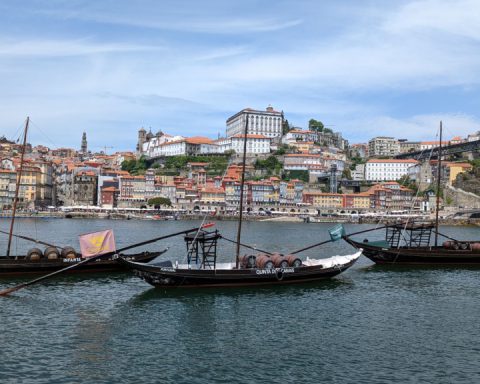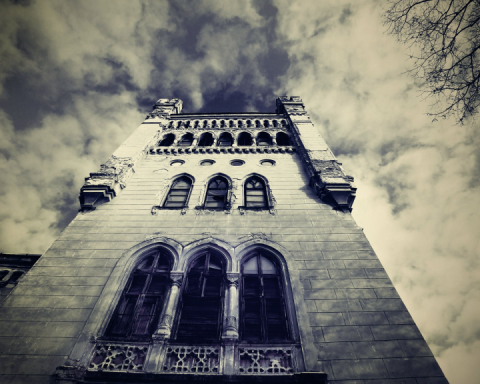Johannesburg is a violent place, but also an enchanting place.
A woman I met elsewhere, in gorgeous Kirstenbosch Garden, told me that when her son was 21 and a student, he suffered a hijacking in Johannesburg, was shot and narrowly escaped with his life. Her son moved permanently to the US after that; she moved to Cape Town.
She thinks fondly of “Joburg,” though, saying people there tend to be nicer than in Cape Town.
“I think that’s because in Cape Town, you have all this,” she explained, waving her arm around. “In Johannesburg, people only have each other. So they put in more of an effort with people.”
My boyfriend and I spent two days in Johannesburg on our way from Zagreb to Cape Town. The two South African cities are 1,400 km apart.

Joburg is the largest city in South Africa, with a population of about eight million in its metropolitan area. It started out as a mining town in the late 19th century, and had a population of 100,000 within ten years – people from all backgrounds united by the thirst for gold.
The apartheid regime of the 20th century tore apart ethnically mixed communities that had managed to form in South Africa.
Race and class are closely intertwined. Until today the townships, populated mostly by black people, are associated with poverty and crime. Tourism to them is growing, though. Not sure how I feel about the latter – is it beneficial or exploitative or both?
South Africa is a powder keg. Racial tensions are palpable and the topic of conversation each day. Lately, political unrest has been growing in the country over the actions of its president, Jacob Zuma, and there’s a large popular movement for his resignation. People of different classes and races have finally found something many of them can agree on: #ZumaMustFall

Road and city infrastructure is well developed in South Africa, but the income gap is enormous, spread out into the “good” and the “bad” suburbs. Segregation and dilapidation haunt the streets of inner Joburg – still, an infectiously lively scene manages to emerge through the cracks.
On a recent Sunday, we met up with friends of mine from Europe who had been living in Johannesburg for three years, and browsed Market on Main together.
The artists at the market knew one of my friends by name and showed great appreciation for the help she has given them with their business skills as a mentor. She’s taken a job back in Europe and is sad to be leaving this city she learned to love in spite of the violence, of always having to look over her shoulder and be mindful of her habits.
This vibe of kindness and cheer, alluring weather, eye-catching street art, and bright-colored, diverse food and wares at the upscale (but not entirely expensive) market put me in an excellent mood.

I didn’t feel scared walking around once we left to explore a bit with my friends.
You need to ask locals which streets to avoid, though – one street might be safe but the next one over, not so much. When in doubt, Uber it, as the service works very well in South Africa.
My friends had warned me to avoid hanging around Park Station, especially with luggage. One of them was violently mugged there once, although his attitude remains relaxed.
It’s not only muggings people going to Park Station are frightened of.
Our Uber driver that afternoon was afraid of dropping us off at that train station in the city center, due to aggressive taxi drivers reacting against Uber’s popularity.
“I might not make it out of there,” he told us. “They’re breaking our cars.”
Another Uber driver, from Zimbabwe like most of our drivers on this trip, told us he arrived at Park Station with just 64 rands (about €4.50) in his pocket some years ago. He was searching for jobs in South Africa after leaving his rural community, where he had grown up without sanitation and had to work since childhood to be able to afford going to school. Taxi drivers at Park Station took every last bit of his money to organize a ride for him, he said.

No one bothered or took anything from us at the train station. It actually looks nice inside. But for our free walking tour departing from there, the guides forbade us from bringing along purses or bags. Nothing really felt threatening as we walked around, though.
The small part of Johannesburg our guide showed us was neither particularly beautiful nor ugly.
I remember little from the downtown tour in terms of sights, except some street art; what they call “the tallest building in all of Africa;” another, not-so-tall building splashed with pink paint as a political statement; and Nelson Mandela’s old law practice. Mandela’s name and face seem to be omnipresent.

Our friendly tour guide, who came from Cape Town, told us she lives in a nice neighborhood away from the center. She seems to be at ease going back and forth in Johannesburg. She pointed out that several buildings in the city center remain empty, and that to encourage people to move in, the rent has been made extremely cheap (1000 rands, or about €74 a month).
We stayed in a hostel named Once in Joburg, which we were told used to be a hotel until the owners decided to give it a more youth oriented vibe (including having to take the stairs because the elevators suck).
It’s not far from Park Station, but in a safer and trendier area, Braamfontein. The staff was pleasant and helpful. Our single room was hotel- rather than hostel-grade.
It was Saturday night. The walls, even the bed, pulsated with the sounds of DJs downstairs, which made it difficult to sleep until they stopped at around midnight.

We ate in the restaurant where the party was happening – The Immigrant – in the same building as the hostel. Our very nice and attentive waiter was dancing and smiling. I smiled back at him, and made conversation.
There was no free table inside; so promptly, along with others, our waiter carried a table in from the outside to accommodate us.
It was a little bit cold as the sun set, but the vibe invoked summertime. In that little glowing corner of Braamfontein, people of different races partied together and strangers came by to chat. African jams mixed with electronic beats, a soundtrack matching the mood.
And despite all we’ve heard and could have been unlucky to experience, that’s the image and feeling of Joburg that made the deepest impression on me.

Cover photo: Street art in Johannesburg, shot by Maximilian Georg

